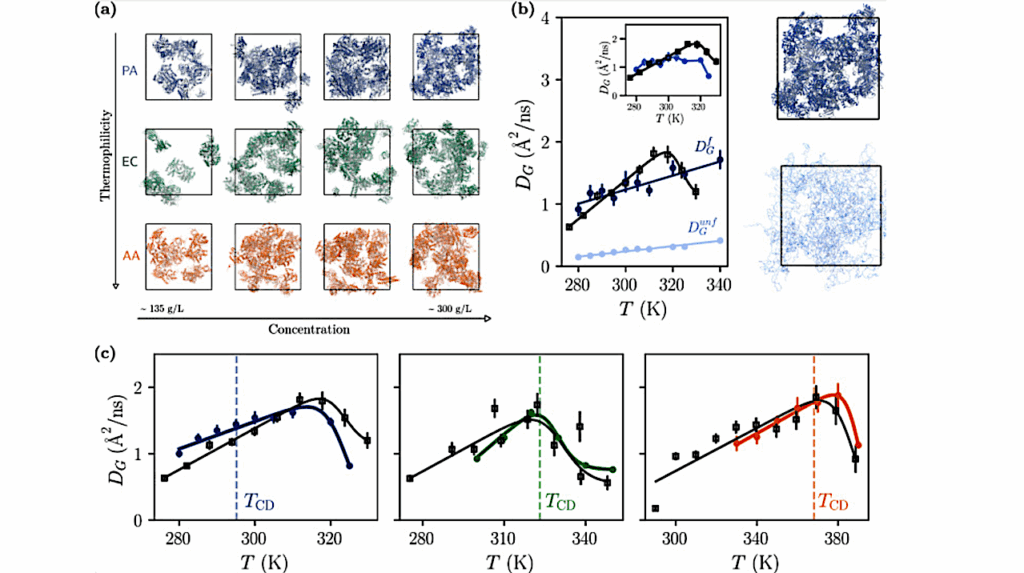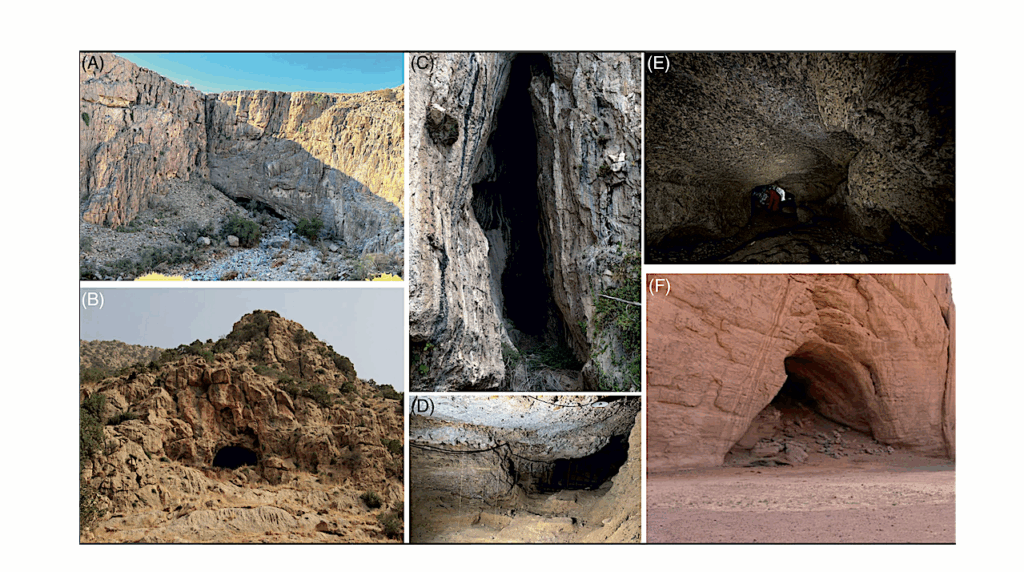Dale Andersen’s 1996 Antarctic Field Research Photo Albums

Editor’s November 2023 note: This is a revised version of the original website that was first posted – from Antarctica – in 1996.
About this website
Note: While hosted in Reston, Virgina, USA, this website was optimized for Antarctic-based web visitors who were blessed with sporadic and sometimes slow Internet connections. Updates were done periodically by Dale Andersen directly from Antarctica.
Last website update: 14 November 1997
Antarctic Photo Albums
- Volume 1: Images of Lake Bonney, Lake Vida, and Lake Hoare plus some underwater shots of divers examining microbial mats at the bottom of these ice covered lakes.
- Volume 2: Remote field camp located at Battleship Promontory, Alatna Valley, Antarctica where researchers look for lithophytic communities.
- Volume 3: Images of Dr. Imre Friedmann making a photographic record of the cryptoendolithic community colonizing the Beacon Sandstone (orthoquartzite) at Battleship Promentory, Antarctica.
- Volume 4: Accomodations at Lake Hoare, Taylor Valley, Antarctica – Huts, helicopters, tents, and some of the people who work here.
- Volume 5: Research on ponds located on Bratina Island, skua nests, and a visit from the Prime Minister of New Zealand and Sir Edmund Hillary.
About The Author
Funding for Dale Andersen’s participation in the McMurdo Dry Valleys Long Term Ecological Research project was provided by NSF Office of Polar Programs. Dale also received support from NASA’s Exobiology program, is a Research Scientist at The SETI Institute, and works within a cooperative research agreement at NASA’s Ames Research Center. Dale is currently pursuing a doctorate at McGill University.
How We Built This Website
This may sound like rocket science – but it ain’t – by all means try this at home!
Dale Andersen:
“Our main camp is at Lake Hoare in Taylor Valley. There are also camps at Lake Bonney and Lake Fryxell, but the newest and nicest facility is here at Lake Hoare.
Here at the hut we have two power sources: photovoltaic solar power and a generator. The solar power system provides us with most of our energy. The exceptions being those days when it is continuously cloudy or if we have to run a piece of science equipment with a power requirement larger than the solar power system can handle. In the event we run down the solar power, we can switch to a backup generator (6kw continous). We prefer not to do this if at possible since the generator is rather noisy.
We have several computers here: the main computer is a Digital Venturis 575 (Pentium-based) with a Magnavox Magnascan 17″ display. We use this computer for most of our e-mail applications. We also have a 486 made by Macro Technologies which we use for other work including my image processing. The Macro 486 is equipped with a digital still image capture board with which I can capture still frames from my digital video.
I shoot my video on a Sony Digital DCRVX1000 Video camera. When I am diving, I use an underwater housing for the Sony Camera made by Amphibico (VH1000). After I capture the frames I want, I convert them from BMP files to JPG files and send them to Keith via FTP.
We have radio telephones that allow us to contact McMurdo via several repeaters which have been placed in Taylor Valley. With this phone line we can send data via computer (e-mail, access the web etc.) at about 4800 baud. The signal is first sent to McMurdo, and is then forwarded by the servers there to Black Island (thirty miles to the west of McMurdo), and then uplinked by satellite back to the states where it enters into the Internet and ends up at Keith’s house in Virginia. “
Keith Cowing:
“Dale accesses his mail account at NASA Ames Research Center in Moffett Field, California via FTP from a server located at McMurdo Base. Email is sent from the NASA ARC mail server to me at the Reston Communications mailserver, a Mac Classic II, in Reston, Virginia. Dale sends images to me via FTP by depositing them on a FTP server in Maryland.
When images have been placed on the remote FTP server, I use FTP to retrieve the images (usually from my home). I then manipulate the images into thumbnail and webpage – optimized versions with Adobe PhotoShop 4.0, link them to a webpage using World Wide Web Weaver 1.1, and then mount them on the Reston Communications webserver. My webserver is a Radius 81/110 Mac clone, with 40 Mb of RAM, running Webstar 2.0, connected to the Internet via a dedicated 128 kbps ISDN connection.
Communication between Dale and I can be rather swift considering the distance involved. Indeed, I can often see Dale accessing my website within no more than a few minutes of receiving an email message alerting him to look at a specific file.” [Note: this was written back in 1997 when the webserver was located in my condo and all of this web stuff was still rather mysterious]
Editor’s November 2023 postscript: This is what the original webpage looked like a quarter of a century ago. HTML 1.0 – and as minimalist as can be.

Astrobiology








